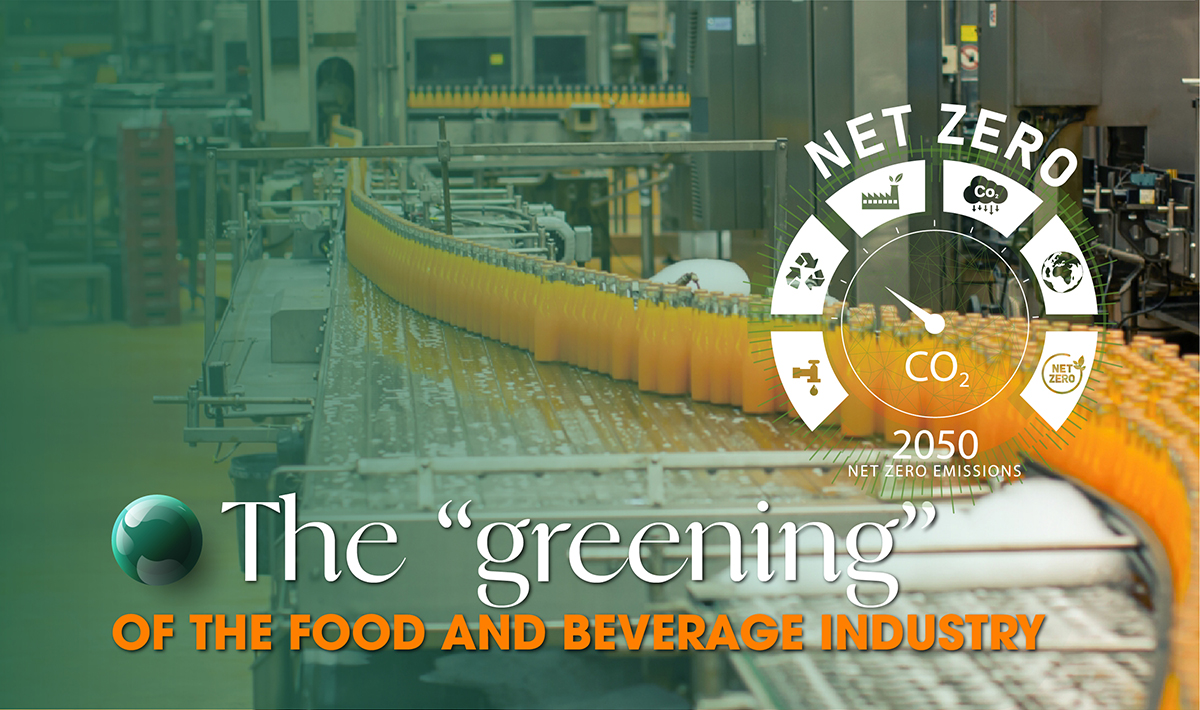
Vietnam’s food and beverage (F&B) industry has great potential for development. However, the industry also produces a significant amount of emissions. Therefore, along with the growth strategy, many businesses are making constant efforts to “green” production. Among them, the investment in factories with environmentally friendly materials is gaining more attention.

According to Euromonitor International’s research, Vietnam’s food and beverage market is one of the most attractive markets globally and ranks 10th in Asia. The Vietnamese people spend a sizable portion of their incomes on food and drink (about 35%), and the consumers are increasingly becoming richer.
A recent report shows that Vietnam’s food and beverage industry is forecast to grow at a compound annual growth rate (CAGR) of 8.65% during the 2021 – 2026 period. The government has chosen the industry as one of the key industries in need of development priority during the 2025 – 2035 period.
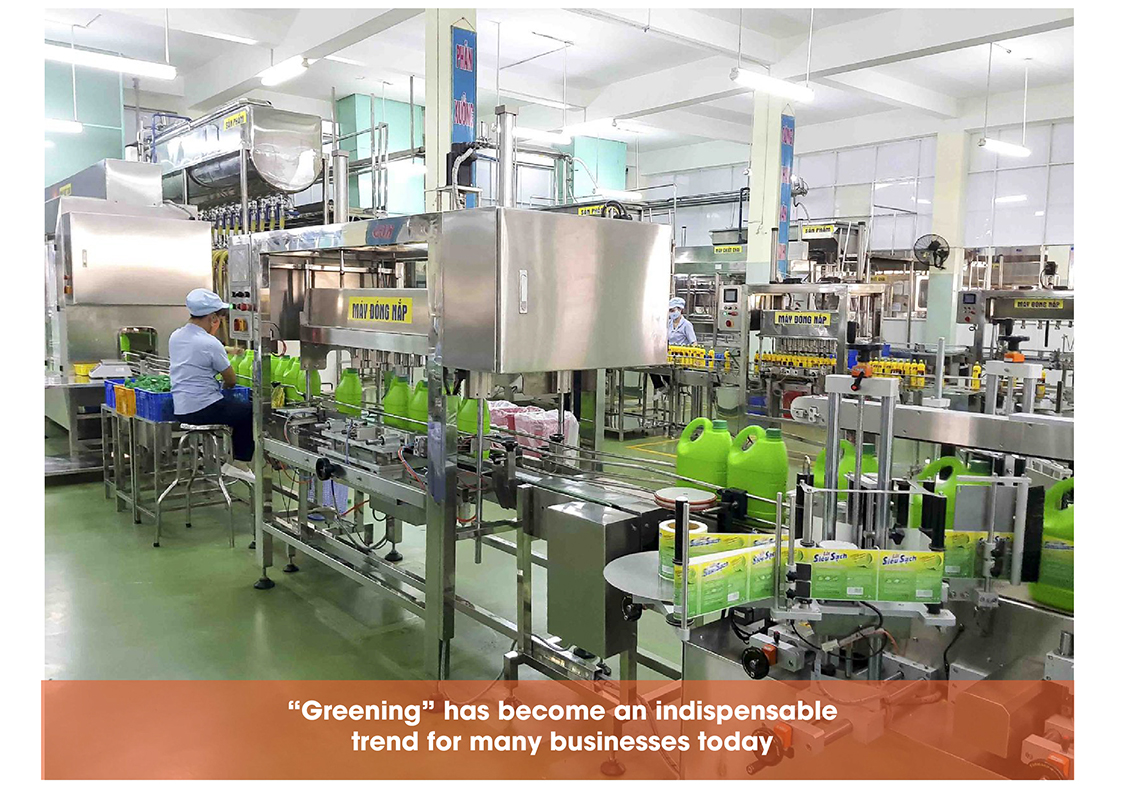
Moreover, other organizations also make positive assessments of Vietnam’s food and beverage industry.
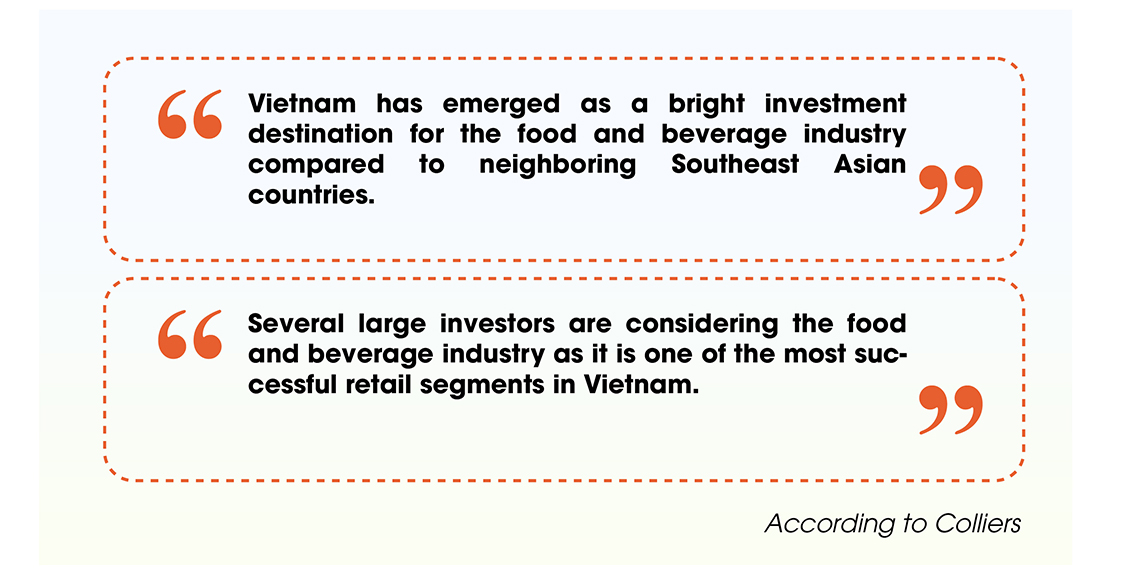
Looking at Ho Chi Minh City’s Index of Industrial Production (IIP) for the food and beverage processing industry, it is clear to see the growth potential of the industry. Accordingly, the IIP of the industry posted a growth rate of 20% in 2022. The picture of the entire nation in general and two major cities, Hanoi and Ho Chi Minh City, in particular also reflect the outlook of Vietnam’s market, as the two cities are home to the highest number of food and beverage processing companies, providing a large volume of products to the market and for exports.
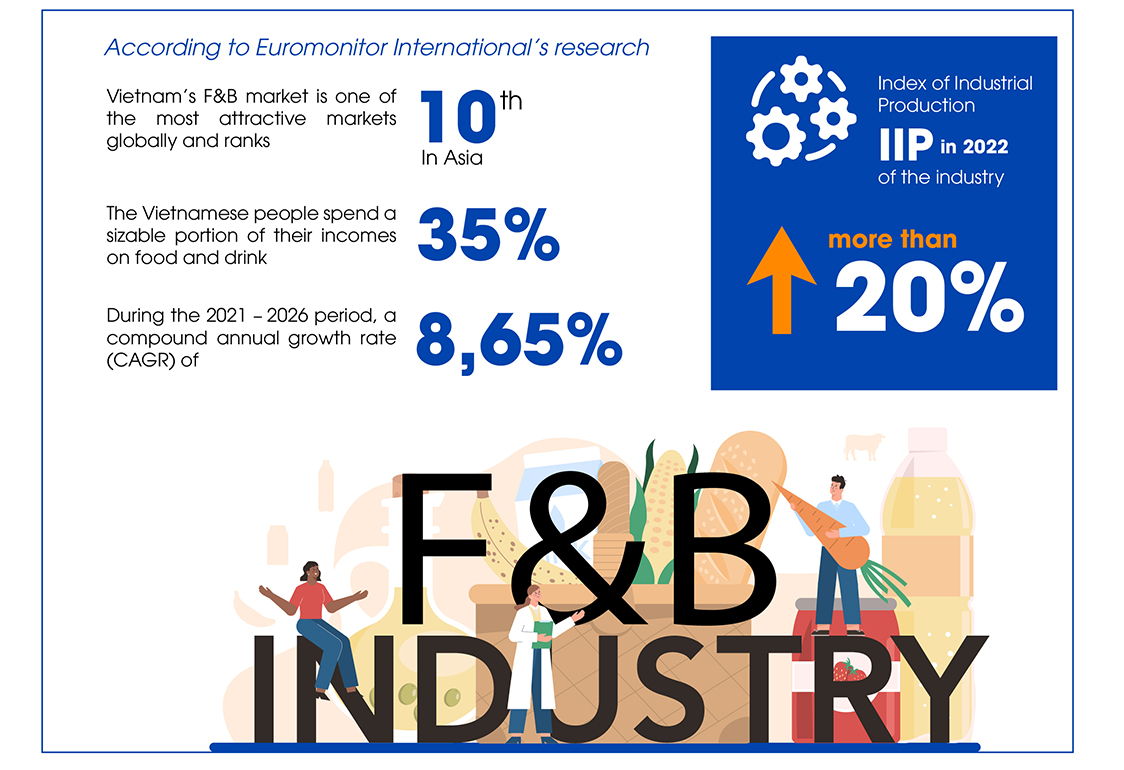
Despite huge growth potential, the food and beverage industry also produces a significant amount of emissions. At the training workshop on “Greenhouse gas emissions calculation and reduction for food and beverage production enterprises”, Nguyen Tuan Quang, Deputy Director of the Department of Climate Change, Ministry of Natural Resources and Environment, shared that the food and beverage production industry is responsible for approximately 26% of global greenhouse gas emissions and this figure can nearly double by 2050. Aware of these issues, many companies in Vietnam’s food and beverage sector try to come up with numerous solutions for greening and sustainable development. It is not only a trend, but it also helps companies increase their competitiveness, especially when exporting to demanding markets where customers have high requirements for goods from green factories.
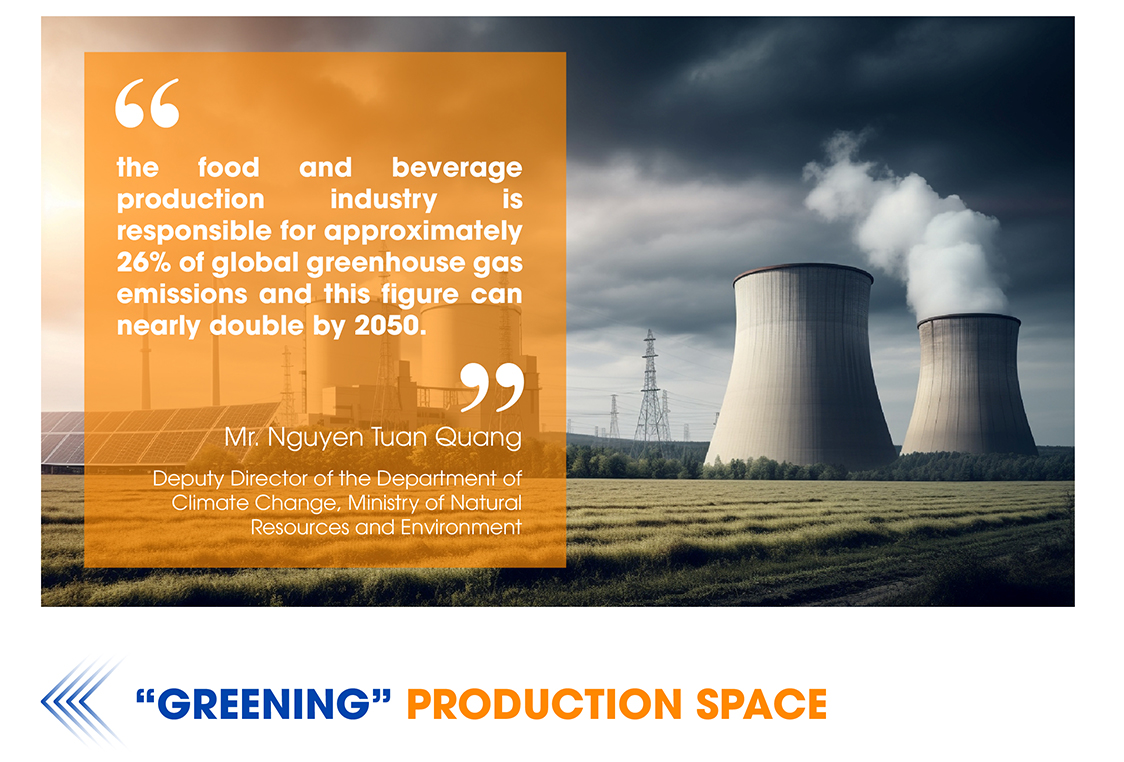
For the “greening” of production, businesses have to adopt many solutions, such as using renewable energy, reducing carbon emissions to the environment, reducing water use, converting to green packaging, and others. In particular, many factories are currently keen on building factories with environmentally friendly materials.
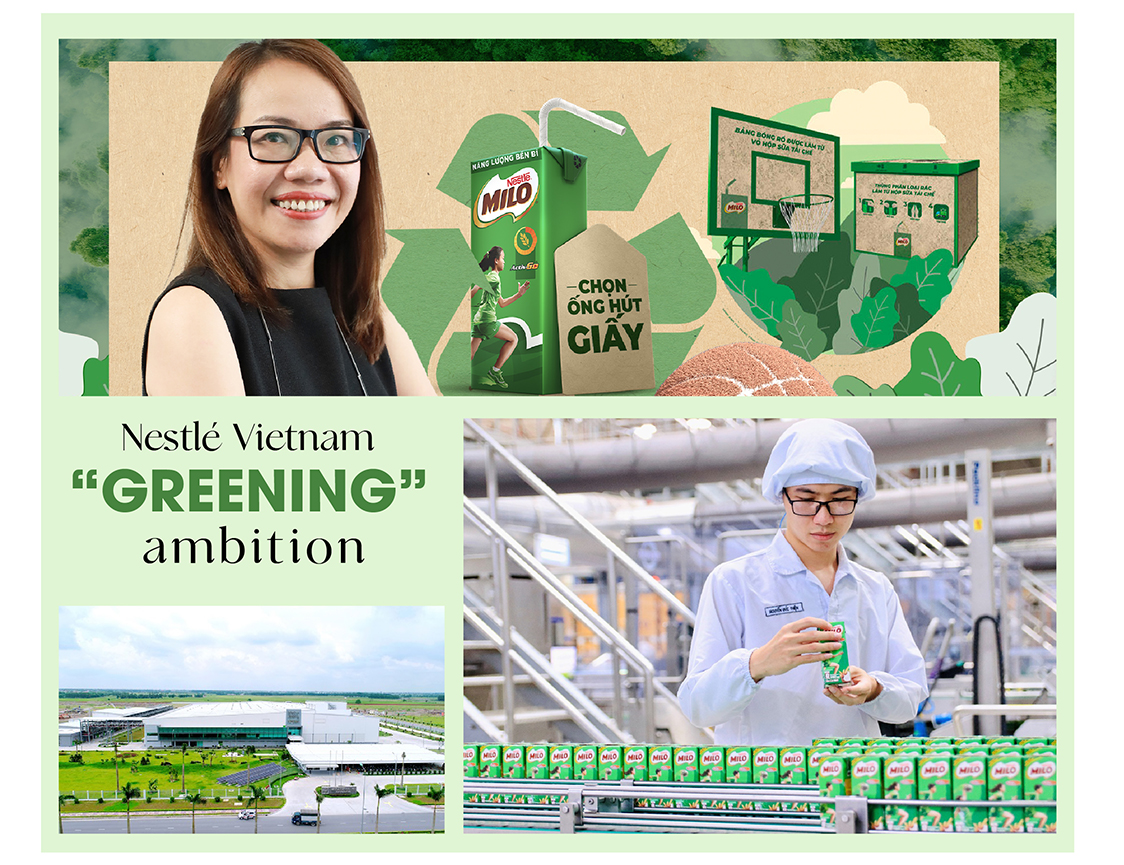
Factories with eco-friendly materials help reduce emissions, so businesses can save energy, protect the environment, contribute to high efficiency in their green growth process, and get closer to consumers. What is more important than each enterprise’s efforts to build green factories is to join hands to fulfill Vietnam’s commitment to achieve net zero by 2050.
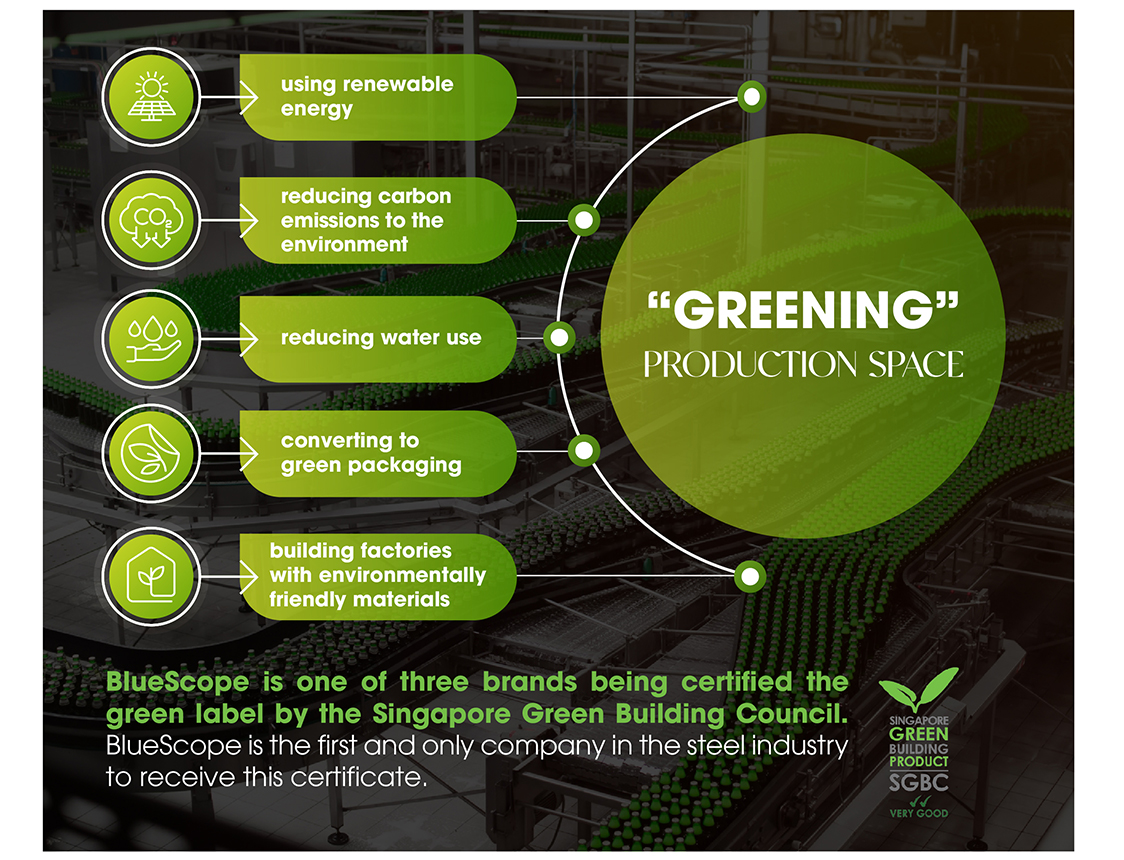
Building a green factory requires many factors, but the most important is the basic material groups of steel and cement. However, according to the United Nations Industrial Development Organization, while steel and cement are the most common industrial materials on the market, they were the largest emitters of CO2 in the world in 2021, accounting for 14 – 16% of global energy-related CO2 emissions.
Where do you look for eco-friendly materials to gradually replace traditional materials? In the Vietnamese market, some manufacturers are quickly catching up with the trend and providing optimal solutions. BlueScope is a typical name. In 2022, three brands in Vietnam’s construction materials industry were certified the green label by the Singapore Green Building Council. Among them, NS BlueScope Vietnam is the first and only enterprise in the steel industry to receive this certificate. In addition, the company’s premium steel products with applications for industrial segments, such as COLORBOND®, COLORBOND® For Panel and ZINCALUME® have successfully conquered strict regulations and obtained the green label certificate from the Singapore Green Building Council.
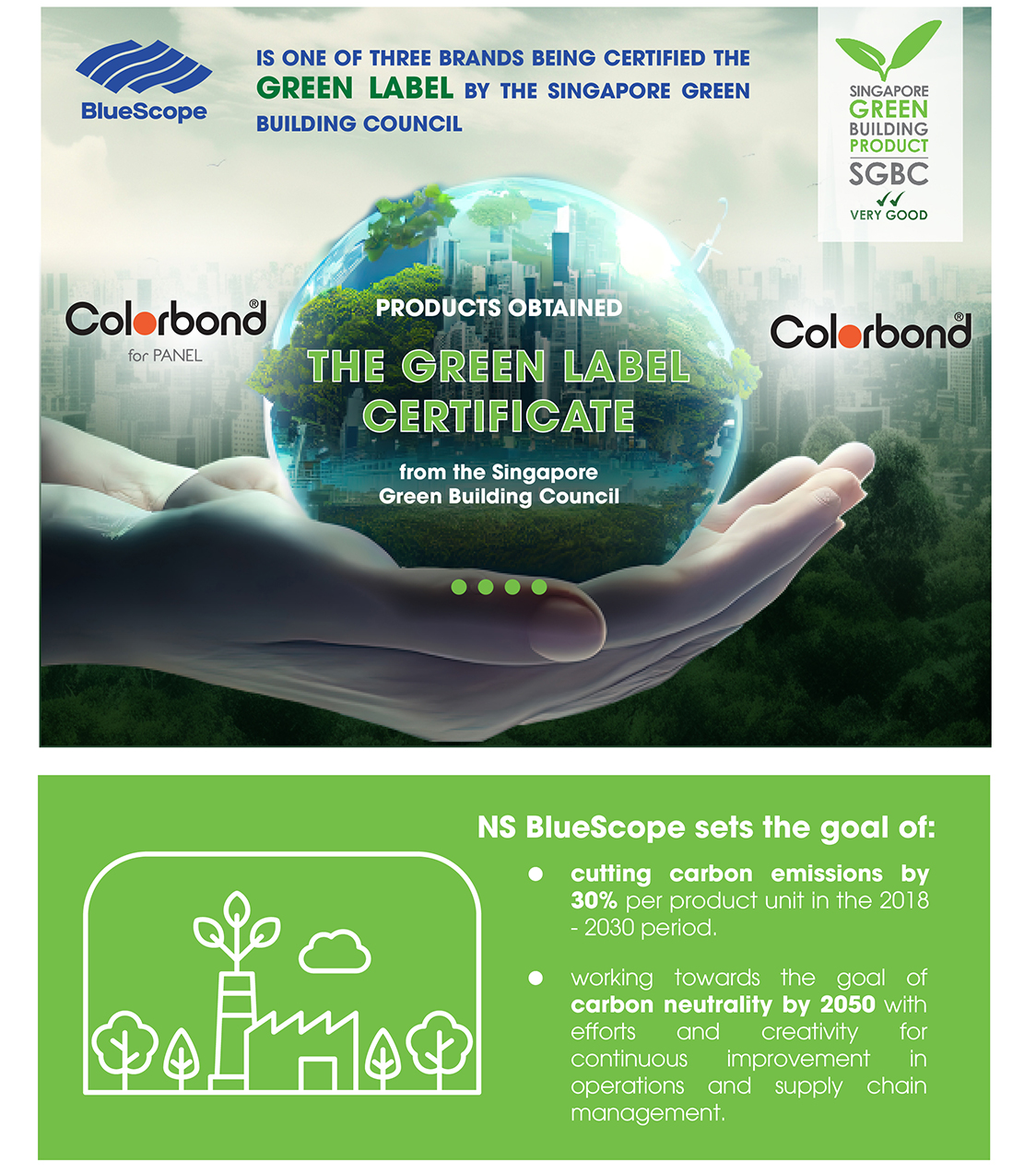
There have been many enterprises in Vietnam’s food and beverage industry opting for greening and sustainable development as their orientation, such as Coca-Cola, Heineken Vietnam, Nestlé Vietnam, Uniben, Masan, Vinamilk, etc
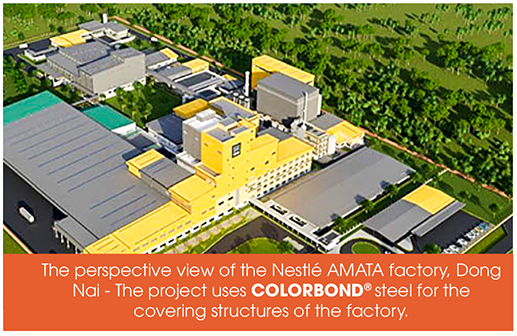
Ms. Holly Bostock, Corporate Affairs Director at Heineken Vietnam, said that the company set an ambition to achieve net zero emissions in production by 2025 and be carbon neutral in the entire value chain by 2040.
It is evident that taking a green path requires businesses to make investments, and the figures may not be small. However, experts said that even though this may be a significant investment in the short term, it will boost businesses’ competitiveness in the long term as customers become more demanding for goods. A chosen product must have high quality, guarantee food safety and hygiene, and use an environmentally friendly production process.



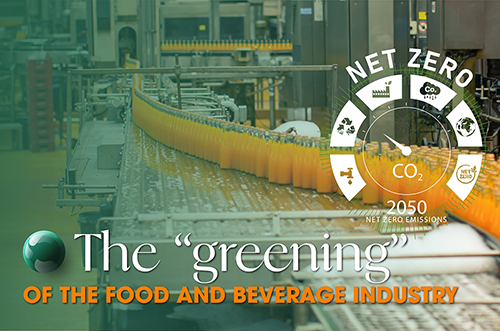

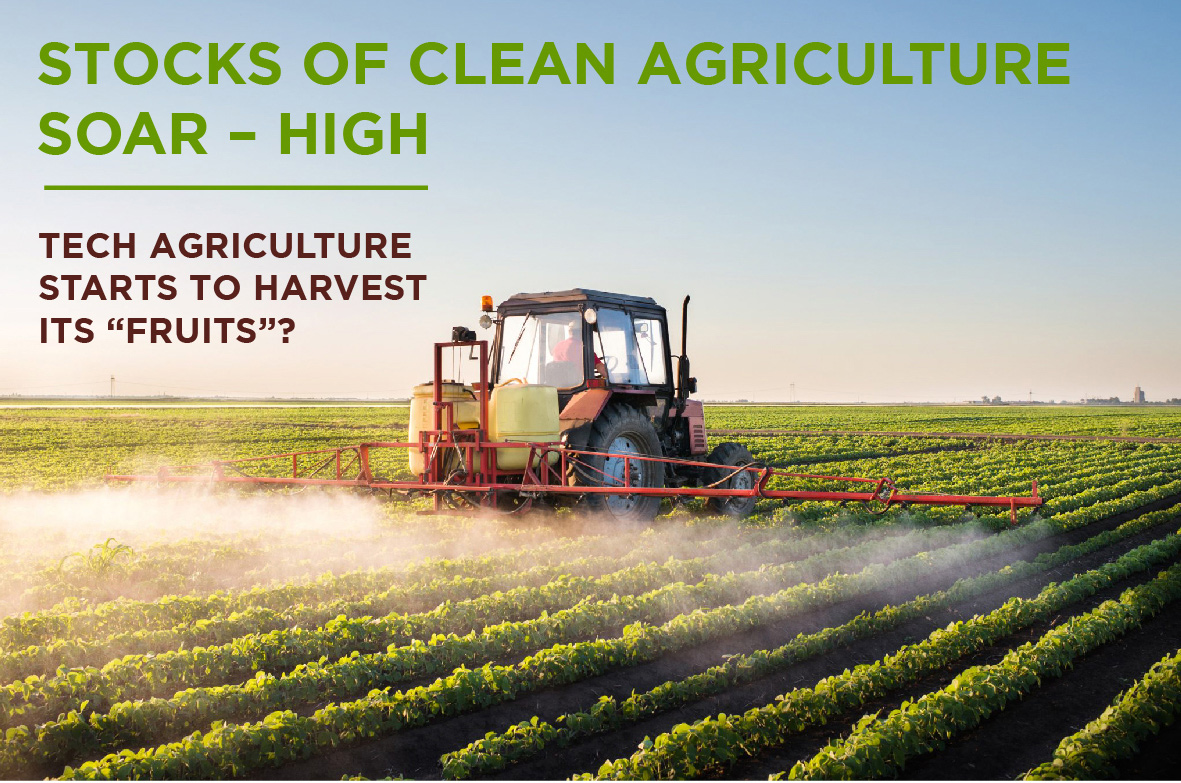

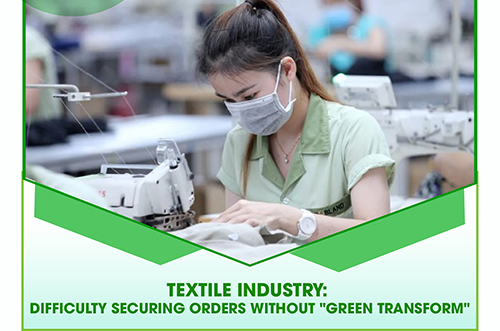
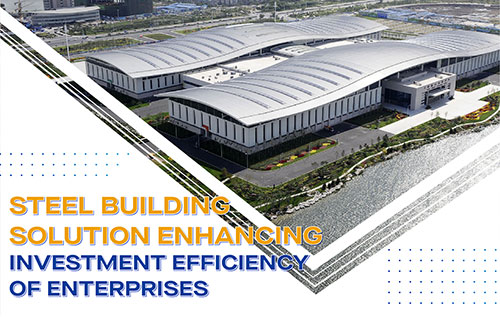
Comment